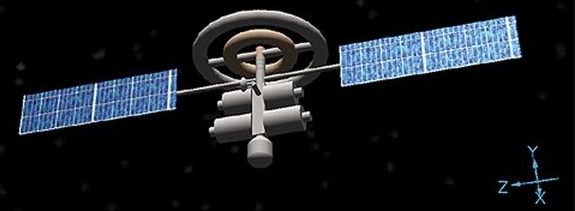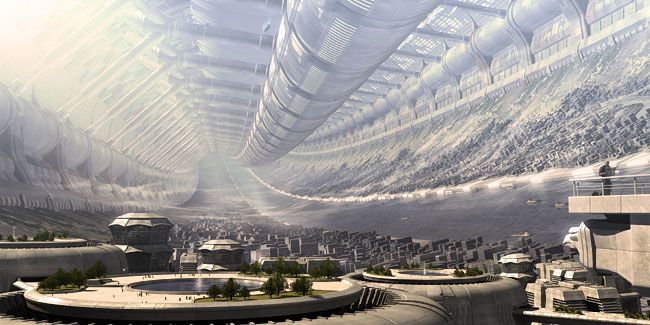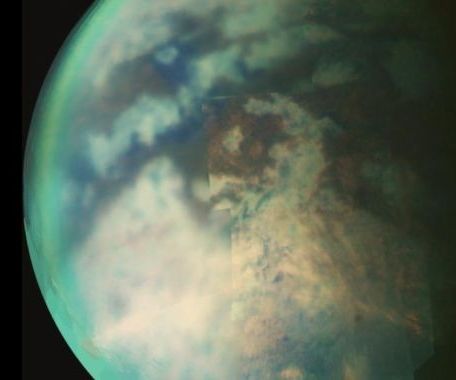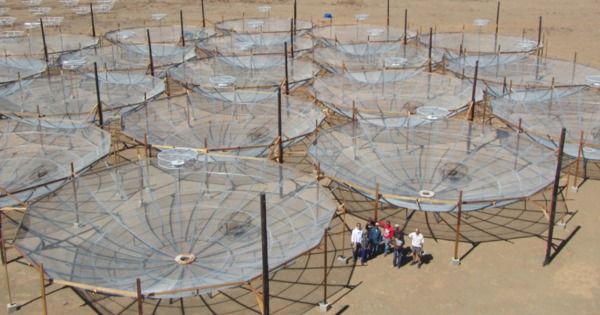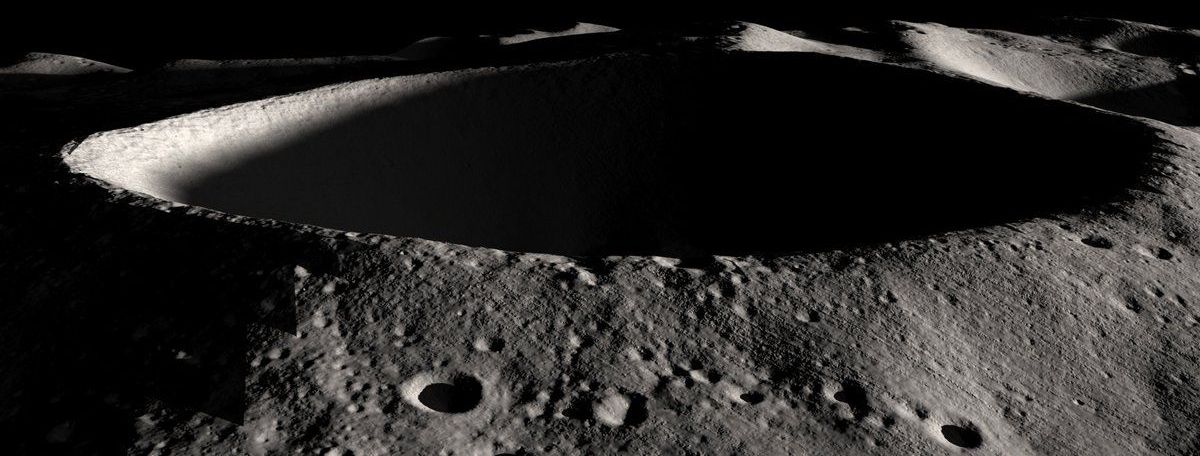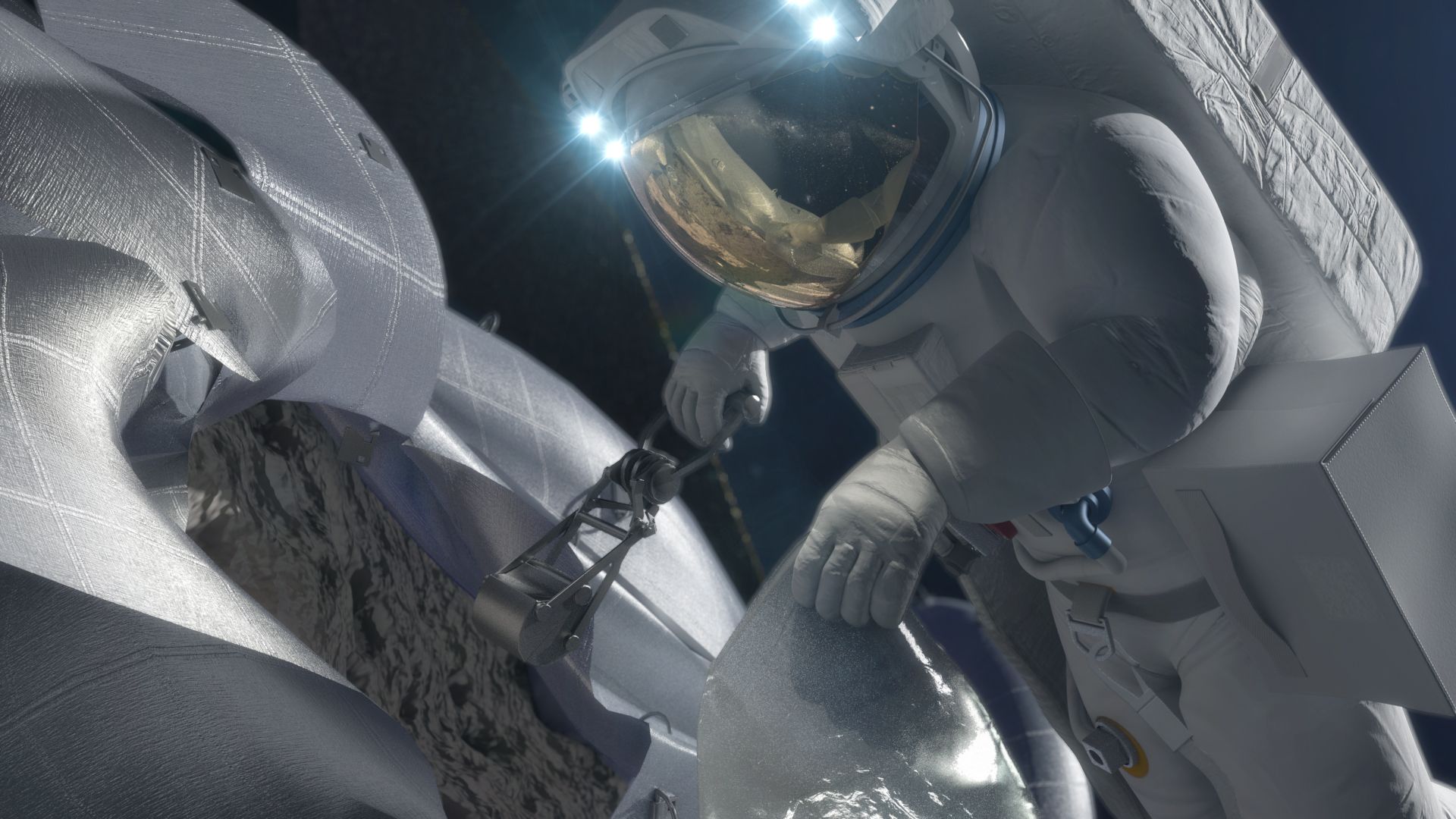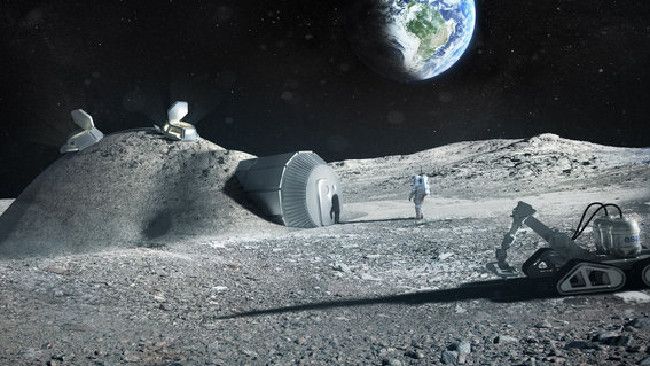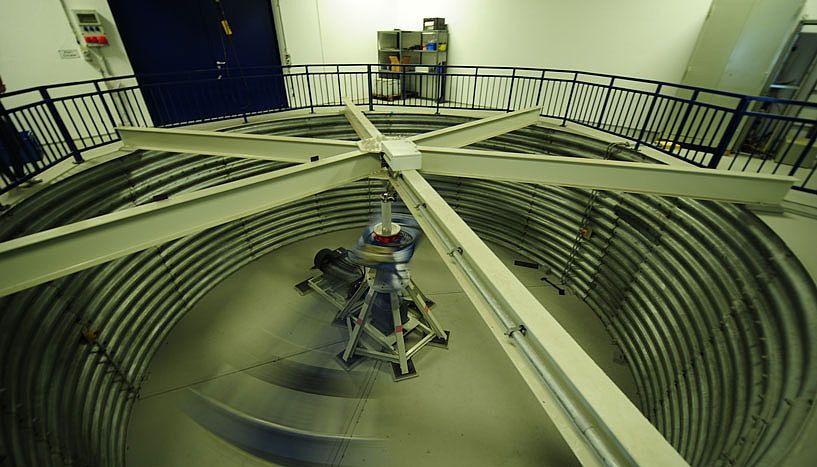Nearly a half-century has passed since the earliest rotational artificial gravity testing was performed, such as at the Rockwell Rotational Test Facility and the NASA Langley Rotating Space Station Simulator. Periodically over the decades since then a few experiments have taken place, and proposals have been made for government-sponsored rotating artificial gravity test facilities, both on the ground and in orbit.1,2 And yet no such project has been started since those early government programs.
Archive for the ‘space’ category: Page 892
May 15, 2017
Towards an Economically Viable roadmap to large scale space colonization
Posted by Julius Garcia in categories: energy, space
Al Globus and Joe Strout have an analysis that space settlements in low (~500 km) Earth equatorial orbits may not require any radiation shielding at all. This is based on a careful analysis of requirements and extensive simulation of radiation effects. This radically reduces system mass and has profound implications for space settlement, as extraterrestrial mining and manufacturing are no longer on the critical path to the first settlements, although they will be essential in later stages. It also means the first settlements can evolve from space stations, hotels, and retirement communities in relatively small steps.
This huge reduction in total mass compensates for the greater energetic difficulty of launching materials from Earth to ELEO as opposed to launching from the Moon to L5, the design location of the Stanford Torus. In the early studies, the EarthMoon L5 point was chosen as the location of a settlement for the energetic advantage of launching materials from the Moon. Going from the Moon to L5 requires a delta-v 3 of 2.3 km/sec, and going from Earth to 500 km ELEO is 10 km/sec [Cassell 2015]. Using the velocity squared as our energy measure, Earth to ELEO requires 19 times more energy per unit mass. Analysis suggests that at least 19 times less mass is needed if no radiation shielding is required. Thus, the energetic advantage to launching the mass of a settlement with deep space radiation shielding from the Moon to L5 is balanced by launching far less mass from Earth if no radiation shielding is necessary.
A 500 km circular ELEO using polyethylene shielding was analyzed. Even at 10 kg/m2 shielding, the equivalent of which is very likely to be provided by any reasonable hull, the 20 mSv/yr and 6.6 mGy/yr are met. Indeed, with no shielding at all the general population limit is met and the pregnancy limit is very nearly met. This has an interesting consequence: spacewalks in ELEO may be safe enough from a radiation point of view to be a significant recreational activity.
Continue reading “Towards an Economically Viable roadmap to large scale space colonization” »
Far out —
Forget Mars—let’s go colonize Titan!
The book Beyond Earth says we’re looking too close to home for our space colonies.
May 14, 2017
Telescope Upgrades Will Allow Scientists to See 13 Billion Years Into the Universe’s Past
Posted by Shailesh Prasad in category: space
A new update to the Hydrogen Epoch of Reionization Array radio telescope will let scientists see the universe as it was 13 billion years ago.
While we are used to much of our tech getting smaller, telescopes seem to be embracing the philosophy of bigger is better. The HERA (Hydrogen Epoch of Reionization Array) radio telescope is among those massive arrays peeking not only to far distances, but also through billions of years.
May 14, 2017
NASA has been quietly working on a Mars rover concept that looks like a Batmobile
Posted by Shailesh Prasad in categories: space, transportation
The new vehicle is 28 feet long, 13 feet wide, 11 feet tall, weighs about 5,000 pounds, and is designed for the punishment of Mars.
May 13, 2017
This Company Plans to Mine the Moon — and It’s Not Alone
Posted by Klaus Baldauf in category: space
Florida-based Moon Express is among several private companies gearing up to harvest resources from the moon and asteroids.
May 13, 2017
A new space race between China, U.S. starts with asteroids
Posted by Klaus Baldauf in category: space
The Chinese have plans to hunt, mine and even build a space station on asteroids, but are decades away from most ambitions.
May 12, 2017
Are You Drinking the Transhumanist Kool-Aid?
Posted by Zoltan Istvan in categories: bioengineering, biological, economics, Elon Musk, geopolitics, information science, law, life extension, Ray Kurzweil, robotics/AI, space, transhumanism
A new story out on #transhumanism:
In the Basic Income America Facebook group, Zoltan Istvan, a transhumanist who recently ran for president, shared his Wired article, Capitalism 2.0: the economy of the future will be powered by neural lace. He (along with many others) argues Wall Street, law offices, engineering firms, and more will soon be mostly void of humans.
I think I mostly agree with him. Algorithms will far surpass human ability to achieve the best possible outcomes (Nash equilibrium). Having read Super Intelligence, the Master Algorithm, The Age of Em, books on evolution, lectures, interviews, etc… I think we’re approaching an important moment in human history where we have to figure out morality so we can build it into the proto-AI children we are giving birth to. I’ve even toyed around with a fun idea related to the simulation hypothesis. Maybe we exist as a simulation, repeating the birth of AI over and over again until we figure out a way to do it without destroying ourselves or turning the universe into computonium.
Continue reading “Are You Drinking the Transhumanist Kool-Aid?” »
May 12, 2017
A single asteroid could contain $50 billion worth of precious minerals
Posted by Brett Gallie II in categories: mobile phones, robotics/AI, space, transportation
IN AN effort to mine precious metals potentially worth trillions of dollars and aid interstellar travel, China has unveiled plans to build a base on an asteroid, likely to happen “in the near future”.
Ye Peijian, the chief commander and designer of the Chinese Lunar Exploration Program, revealed details that could potentially put an unmanned craft on an asteroid and mine the rock for metals like palladium, platinum and others that are used in items such as smartphones and cars.
“In the near future, we will study ways to send robots or astronauts to mine suitable asteroids and transport the resources back to Earth,” Peijian said in comments reported by China Daily.
Continue reading “A single asteroid could contain $50 billion worth of precious minerals” »
May 10, 2017
Unbreakable quantum entanglement
Posted by Andreas Matt in categories: particle physics, quantum physics, space
Einstein’s “spooky action at a distance” persists even at high accelerations, researchers of the Austrian Academy of Sciences and the University of Vienna were able to show in a new experiment. A source of entangled photon pairs was exposed to massive stress: The photons’ entanglement survived the drop in a fall tower as well as 30 times the Earth’s gravitational acceleration in a centrifuge. This was reported in the most recent issue of Nature Communications. The experiment helps deepen our understanding of quantum mechanics and at the same time gives valuable results for quantum experiments in space.
Einstein’s theory of relativity and the theory of quantum mechanics are two important pillars of modern physics. On the way of achieving a “Theory of Everything,” these two theories have to be unified. This has not been achieved as of today, since phenomena of both theories can hardly be observed simultaneously. A typical example of a quantum mechanical phenomenon is entanglement: This means that the measurement of one of a pair of light particles, so-called photons, defines the state of the other particle immediately, regardless of their separation. High accelerations on the other hand can best be described by the theory of relativity. Now for the first time, quantum technologies enable us to observe these phenomena at once: The stability of quantum mechanical entanglement of photon pairs can be tested while the photons undergo relativistically relevant acceleration.
